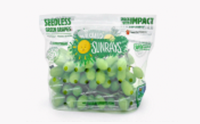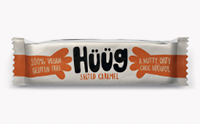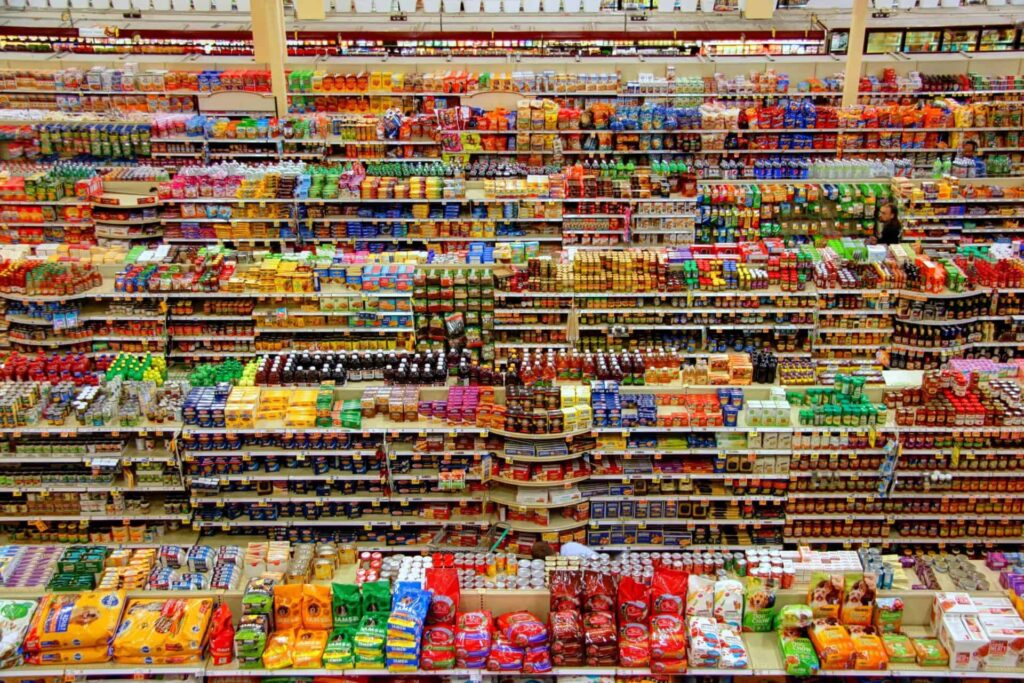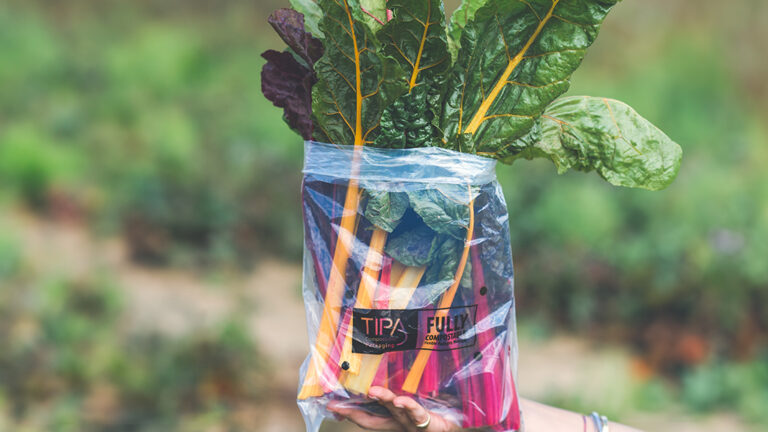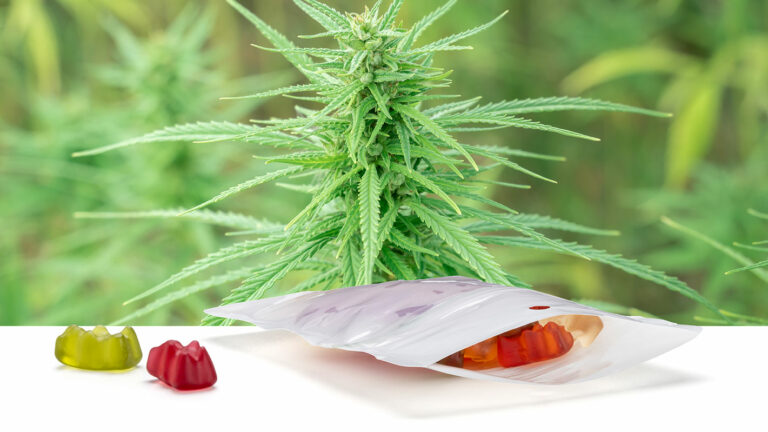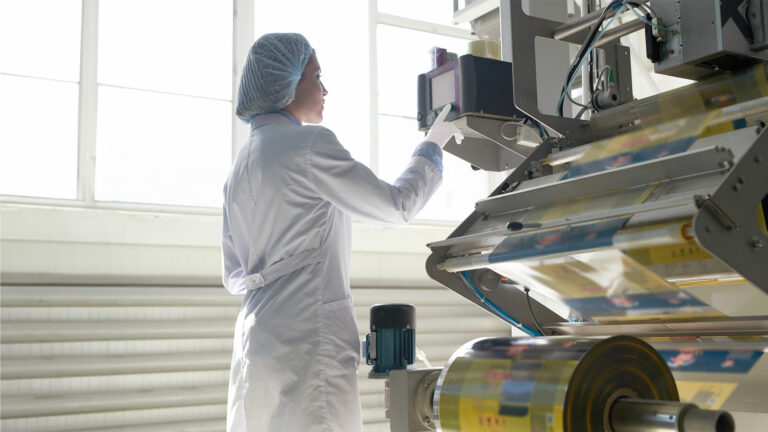Growing up I often wondered why there are so many problems in the world, ones that have been going on for years and years (global warming, plastic pollution, etc.) and yet, we still have not been able to solve them. From a naive child’s point of view, I thought “what could be so complicated? If plastic is polluting, then let’s just stop using it”. Only as a grown-up who started working in the food and packaging industry did I understand the truth; it is complicated.
During the past century we have created this remarkable and complex chain of supply, that on one hand provided us with options to consume products from all around the world at a low cost and a never-ending shelf life… yet on the other hand, has created an ecological disaster, and that this chain is built in a way that changing it completely is near impossible. So how can we spark change and save our planet?
Why do we need packaging?
From a consumer point of view, it is easy to ask yourself, why do we even need all this packaging? Every time we order online the product comes in a bundle of packaging; the shipping package, the bags that packs the products, the individual wrappers that pack the product or the box with the product. And these are just the packaging we see. Behind the scenes, in the grander scope of the chain of supply, there are many bags and boxes thrown in the process. All this packaging has 2 main agendas: Keep the product safe and have a strong marketing experience for the end consumer.
In the past couple of years, companies have been trying to reduce packaging with the growing movement of “zero waste” on the rise. This has produced some highly interesting case studies of companies that removed packaging all together, discovering that their product is now more compromised and is easily damaged, and therefore even though they reduced packaging waste more of their products go to waste. So overall… the waste has not actually been reduced. Don’t get me wrong, I am a strong believer in zero waste when it is possible to reduce packaging, that should be our first solution. But sometimes packaging is necessary, and in those instances, we should strive for sustainable alternatives.
How about recycling? Flexible plastic packaging is widely and commonly used for its production costs, durability, shelf stability, and other superior properties. The numbers shows that recycling is not a viable solution for the long run. Only a fraction of all flexible packaging produced gets recycled (4 % in the UK and the global average is likely to be even lower). Even when recycling is implemented, the material is downcycled and will eventually lose its properties and end up in a landfill, making recycling not completely circular. Understanding this made me realize that composting is the best alternative and is the most circular solution, which is present through all the supply chains of flexible packaging.
Introducing the chain of supply of flexible packaging
(Please note that the following information is a general and wide overview of one type of packaging’s chain of supply. There are other models in the flexible packaging industry that are not specified here).
Sourcing raw materials
Most of the flexible plastic packaging, conventional and compostable, is sourced from either plant-based or fossil-based materials. There is a lot of misconceptions on this topic, many people believe that all conventional plastics are made from fossil-based materials and that all the compostable ones are from bio-based materials – leading them to believe that a bag derived from fossils cannot be compostable or that plant-based conventional plastics will by default biodegrade.
This of course, is not true.
There is no real connection between the source of the materials and their end of life. Both conventional plastics and compostable ones can be made from both type of sources. The only thing that will determine if the material will also be able to fully biodegrade, is what happens in the next step. [Additional information on this can be found in the European Bioplastics website here]
Creating compostable plastic polymers
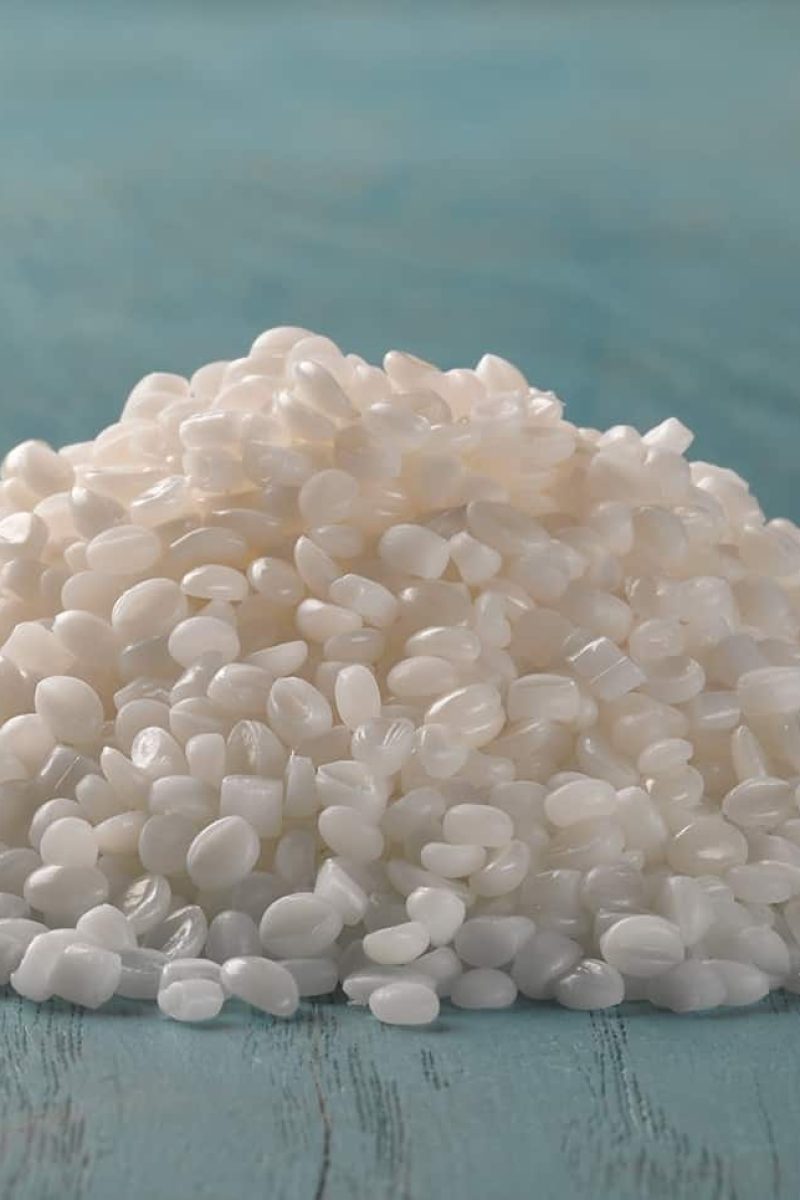
Creating plastic polymers is a tricky one to explain for people who do not have any background in plastics. If I had to compare it to something, I would say that this process is sort of like making flour from wheat; taking material from nature and turning it into an ingredient that is then created into packaging.
There is a wide range of plastic polymers, each material has different properties and characteristics.
In this stage, the materials’ fate is determined. The structure and the way the polymers are made will decide if this polymer can biodegrade or if it will last forever. While the process may be similar for conventional plastics and compostable ones, we are talking about two completely different materials.
From polymer to single-ply film
Once we have our polymers (ingredients), the next step is to create a single-ply film. Typically this can be done either by cast, which is a form of mechanically stretching the polymers into a thin layer, or by blown – which stretches the material into a thin layer by using air.
Many bags can be made directly in this step, just by using a single-ply material – for example, supermarket bags, garment bags and sandwich zipper bags, these are all packaging applications made just from a single-ply material.
Sustainable printing for flexible packaging
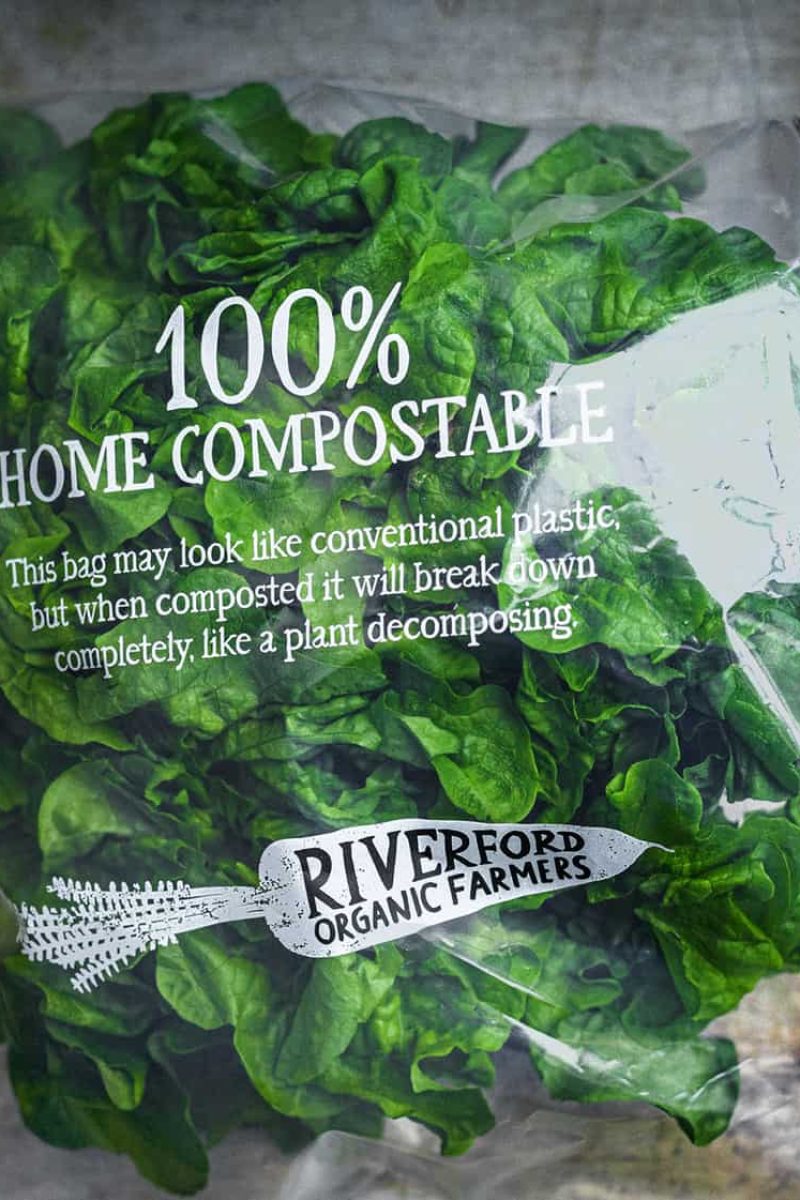
There are several options for printing; from flexographic printing that requires a large set-up as well as plates for each color of the graphics, and up to digital printing which is easier and faster to set-up but is also more expensive.
In this stage, as well as when creating the polymers, we need to investigate the materials being used. There are a lot of guidelines for compostable printing – there are specific inks that can be used, and a limited ink percentage coverage allowed.
In addition to the technical aspects of the printing, there are also a lot of fine lines and regulations for the graphics and terminology allowances for different countries around the world, as to what claims you can or cannot place on the bag.
Lamination; a multilayered material for better shelf life
Lamination is a process that combines several single-ply films (printed or not) by an adhesive. Many packaging applications require laminates, whether it is to achieve a stiffer look (like an open pouch or a stand-up pouch) or to achieve higher water and oxygen barriers for the safety of the products inside.
When exploring compostable laminates, it is not enough to have every layer of the laminate compostable – the end laminate has to be certified in itself, since the adhesive as well as the thickness of the laminate may affect the composability of the material.
To summarize, when looking into the chain of supply of flexible packaging, there are many areas in which we must take sustainable aspects into account, from the material it is sourced from, how the polymer was made, how the bag was printed, etc. And this is even before going into the following-up chain of how these bags are disposed of, and our waste management streams. For me, understanding how things work is the backbone of fixing them.
Edited by Taly Haimov









